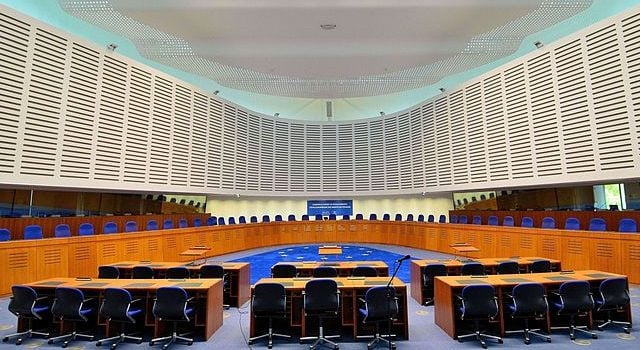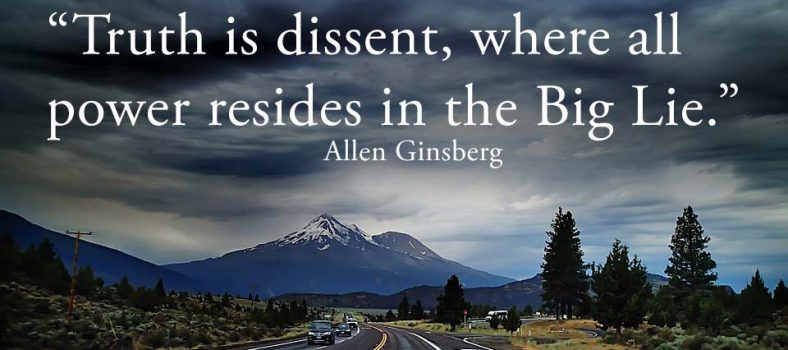The Etiology of Cultural Hegemony
A guest post by Reza Ziai.
The Etiology of Cultural Hegemony
By Reza Ziai, M.A. Psychology
Copyright 2014
The topic of culture has been a serious interest of mine from the time I was barely able to walk up to the present day where I recently finished teaching a semester of Cross Cultural Psychology at the City University of New York. I was a child of the 70’s born in a small suburban town in New Jersey to extremely devout Muslim parents who were literally ‘fresh off the boat’ from Iran. However, since virtually no families in town practiced Islam at the time, I always felt that what we did as a family was somehow a little ‘different’ than everyone else. But I didn’t quite understand why.
One of my earliest memories was around Christmas time when I was just over two years old. We were riding in the car and I asked my mom why some houses had Christmas lights and some didn’t. Her answer (somewhat jokingly) was: “The ones with lights are Christian and the ones without lights are Muslim.” My family members all laughed. But I didn’t understand why.
As I started getting a little older, I noticed something unusual. At home, I was told that God, the Creator of the universe, was a deity named Allah. However, when I stepped outside the door, I would notice that practically everyone in town seemed to worship a Jewish carpenter named Jesus and they believed that he, and not Allah, created the universe. Although this cultural difference was very pronounced, because of my youth I was not able to comprehend it. Only later I realized this difference was largely a matter of geography and chance.
In elementary school, during the first grade, I remembered seeing images of other Iranians on television burning the American flag during the Islamic Revolution of 1979. I saw Iranians, like myself, burning the very flag that I unquestioningly saluted every morning. I was around seven years old and I did not know who were the ‘good guys’ and who were the ‘bad guys’. My people were essentially burning my flag. Without knowing it, my childhood was a study on Leon Festinger’s (1957) cognitive dissonance theory as well as on Henri Tajfel’s (2001) intergroup dynamics.
Because of my peculiar experiences with the ‘Us’ and ‘Them’ phenomenon, I have come to have a good deal of empathy for many immigrants in America who struggle with finding a sense of cultural identity. According to psychologist John Berry (2010), some immigrants assimilate to the dominant paradigm. Assimilation is the acculturation strategy that involves positively gravitating towards the host culture while having a relatively negative attitude towards one’s own. Other immigrants separate themselves from the host culture to which they migrated to and ultimately lead insular lives in their own micro-communities (e.g. China Town, the Amish, etc.). And yet others become what Berry calls marginalized. For reasons that are not fully understood, they develop negative attitudes towards both the host culture as well as their heritage culture.
Since 9/11, awareness of other cultures has flourished and many people have been learning about ethnic groups who operate under an entirely different set of ethics than Westerners do. According to Richard Shweder (2008), who some regard as the father of cultural psychology, people in different parts of the world use a different set of ethics to guide their moral views about their environments. In the United States, for example, there is an ethic of autonomy where people can freely engage in acts as long as it does not hurt another person or infringe upon their rights. Contrarily, a sizable number of Muslim groups operate under a strict ethic of divinity and believe, for example, that caricaturizing the prophet Muhammad is a violation of the ‘natural order’ of things and is deserving of swift punishment.
My whole life has been about reconciling these two worlds: the one world of autonomous freedom and the other world of divine community. Because the religions of the world have not given me acceptable answers to the questions of life, I have begun to consult empirically based evidence in biology, anthropology, and astronomy to better understand our place in the universe.
This article you are reading is an unofficial preamble to a book I am working on that will investigate the proximal and distal causes along with their potentially beautiful and foreboding results of how groups of people who have been separated for many tens of thousands of years are now coming in contact with each other more so than at any other time in our evolutionary history. Humans are no longer isolated tribes separated for centuries simply because of an ocean or a mountain range. Because of great advances in transportation and technology and because of the tragic vehicles of slavery, genocide, and colonialism, we are now an integrated species.
Some say, ‘let us adopt a color blind attitude’ or ‘deep down, we are all the same.’ However palatable these may sound, these beliefs have been shown to exacerbate prejudice rather than assuage it (see for example, Verkuyten, M., 2005). The question is not whether we have differences. We most certainly do. The question is how do we communicate with one another in terms of so many very obvious and clashing differences.
For example, the Sambia of Papua New Guinea believe that all young boys must ingest the ejaculate (known as jerungdu) of adult males in their tribe so that they may become strong men. How do we accept this when this is considered child abuse in most of the free world? Another example: in parts of the Middle East if one were to verbally question the accuracy that a man rode on a winged horse up to the clouds in order to pray in a mosque, they would quite possibly face execution. If different groups of people continued to be separate from one another, these differences would not matter. The fact is, however, people do not continue to be separate.
As Sam Harris (2004) as well as others alluded to, when the armies of Christ slaughtered the armies of Thor 1500 years ago, they were using spears and swords to threaten and kill. Today, people use RPGs and nuclear weapons to do the same. The intent of my forthcoming book is not to rock the proverbial boat. My hope is to mitigate cultural tensions through a thorough elucidation of what it means for the cultural horse to be pulling the genetic cart in the nuclear 21st century.
Reza Ziai earned a Masters Degree in Psychology from Duquesne University and is an Adjunct Lecturer of Psychology at the City University of New York, College of Staten Island. He can be contacted at [email protected]
References
Festinger, L. (1957). A theory of cognitive dissonance. Stanford University Press.
Harris, S. (2004). The end of faith: Religion, terror, and the future of reason. New York: W.W. Norton & Co
Sam, D. L., & Berry, J. W. (2010). Acculturation: When individuals and groups of different cultural backgrounds meet. Perspectives On Psychological Science, 5(4), 472-481. doi:10.1177/1745691610373075
Shweder, R. A., Haidt, J., Horton, R., & Joseph, C. (2008). The cultural psychology of the emotions: Ancient and renewed. In M. Lewis, J. M. Haviland-Jones, L. Barrett (Eds.) , Handbook of emotions (3rd ed.) (pp. 409-427). New York, NY, US: Guilford Press.
Tajfel, H. (2001). Experiments in intergroup discrimination. In M. A. Hogg, D. Abrams (Eds.) , Intergroup relations: Essential readings (pp. 178-187). New York, NY, US: Psychology Press.
Verkuyten, M. (2005). Ethnic Group Identification and Group Evaluation Among Minority and Majority Groups: Testing the Multiculturalism Hypothesis. Journal Of Personality And Social Psychology, 88(1), 121-138. doi:10.1037/0022-3514.88.1.121




